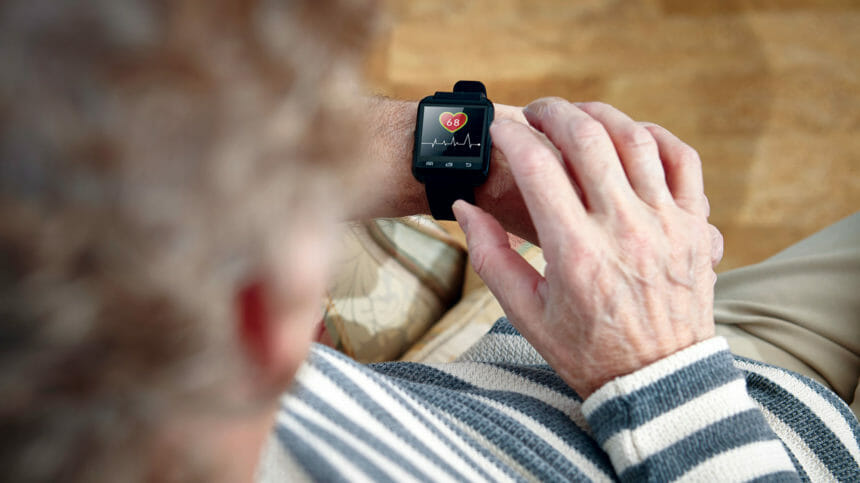Need, simplicity, affordability and practicality continue to play major roles in the technology older adults are using in their day-to-day lives, according to the 2021 Link-age Technology Survey.
This year’s survey included 2,398 respondents who answered questions in an electronic survey form April 28 to June 20. Link-age, based in Mason, OH, said the findings from this latest study, overall, did not differ much from the 2019 survey.
The survey concluded that older adults are willing to invest in devices they believe meet a need and offer simplicity — if something is too complicated to learn or use, then they just won’t bother.
And size matters — screen size, that is. Smartphone ownership (83%) is up from 2019 (74%), but the percentage of people who own smartphones decreases with age, because older adults find that performing some tasks on a mobile device is unfavorable due to the small screen size.
Older adults continue to have high ownership of personal computers (72%), laptops (66%) and tablets (58%), with PC ownership having increased by 11% since 2019. This increase may be attributable to screen size, as larger screens definitely were favored for streaming television programs, movies or sports.
The pandemic increased time spent on the internet. In 2021, 42% of respondents spent four to six hours online, compared with 47% reporting one to three hours online in 2019. And those reporting that they spend 10 or more hours daily online jumped from 5% to 13%.
The top three tasks done on the internet — shopping; banking and paying bills; and researching travel, recipes and current events — remained the same, but more people are doing them.
But a willingness to invest in technology is declining as more respondents find themselves on fixed incomes — 38% reported that they were unwilling to allocate any financial resources to technology, up from 30% in 2019.
Among the barriers to technology respondents listed were cost, complexity and security.
Older adults said that technology is too expensive and that devices have to be replaced or upgraded too often. Survey participants also said they want devices that simply just do what they were designed to do “without all the added fluff,” that are intuitive to learn and use, and that don’t have to be upgraded or replaced often.
Seniors, more than any other demographic, also are highly concerned about their personal information being compromised.
“The data reinforces what we saw before the pandemic: older adults are adopting new technologies, especially if they are affordable, functional and simple to use,” Lind-age Connect Executive Director Suzanne Viox said. “The information in the report impacts so many industries and will hopefully help senior living providers better understand the wants and needs of those whom they serve.”



